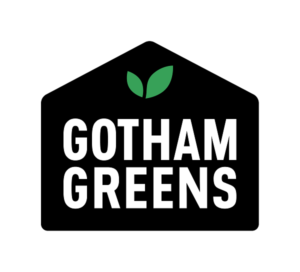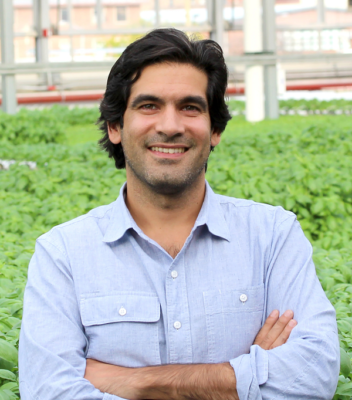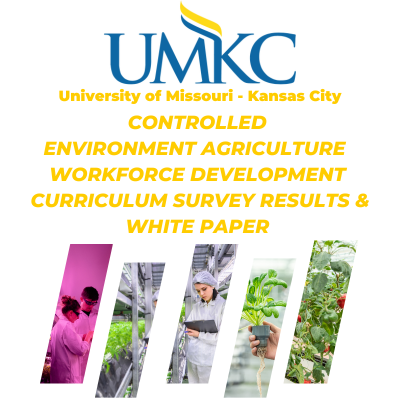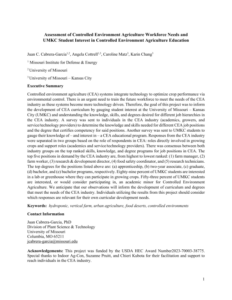Produce Grower Magazine: Rooftop Empire
This full article by Mike Zawaki was published by Produce Grower in April 2024
 For greenhouse growers, the siren song of growth and expansion is undeniable. It whispers increased yields, broader markets and greater financial stability. But like any seductive melody, it masks a treacherous undertow. While brimming with potential, challenges lurk unseen, ready to overwhelm with complexities, resource strains and logistical nightmares.
For greenhouse growers, the siren song of growth and expansion is undeniable. It whispers increased yields, broader markets and greater financial stability. But like any seductive melody, it masks a treacherous undertow. While brimming with potential, challenges lurk unseen, ready to overwhelm with complexities, resource strains and logistical nightmares.
(Photo Above- Gotham Greens CEO Viraj Puri, copyright Gotham Greens)
A fundamental entrepreneurial principle, especially relevant for greenhouse growers, is that expansion should be a deliberate strategic decision, not solely a reaction to opportunity. This principle rings true for Brooklyn, New York-based Gotham Greens, which has navigated numerous recent expansion projects with calculated precision. Led by the visionary leadership of co-founders Viraj Puri (CEO) and Eric Haley (CFO) and Chief Greenhouse Officer Jenn Frymark and supported by a dedicated internal team of horticulture pros, Gotham Greens carefully examined every expansion challenge and established effective best practices. This has empowered the grower to overcome the complexities of a revolutionary way of growing and providing fresh produce in the U.S.
 Today, Gotham Greens is synonymous with urban agriculture and cutting-edge, sustainable growing practices, and its growth and expansion wouldn’t be done justice without highlighting its rapid ascent in the greenhouse grower market.
Today, Gotham Greens is synonymous with urban agriculture and cutting-edge, sustainable growing practices, and its growth and expansion wouldn’t be done justice without highlighting its rapid ascent in the greenhouse grower market.
Its legacy is rooted in the heart of Brooklyn, New York, an urban, culturally diverse foodie paradise. In 2009, Puri and Haley collaborated on a shared dream to provide fresh, pesticide-free, sustainably grown produce directly to local communities. Two years later, the vision materialized on a Greenpoint neighborhood rooftop with Gotham Greens’ first 15,000-square-foot soilless hydroponic greenhouse, marking a milestone in traditional farming. At its heart, this revolutionary model addressed long-held agricultural challenges — how to overcome long distances, mitigate environmental impact and provide greater access to fresh, locally produced foods.



